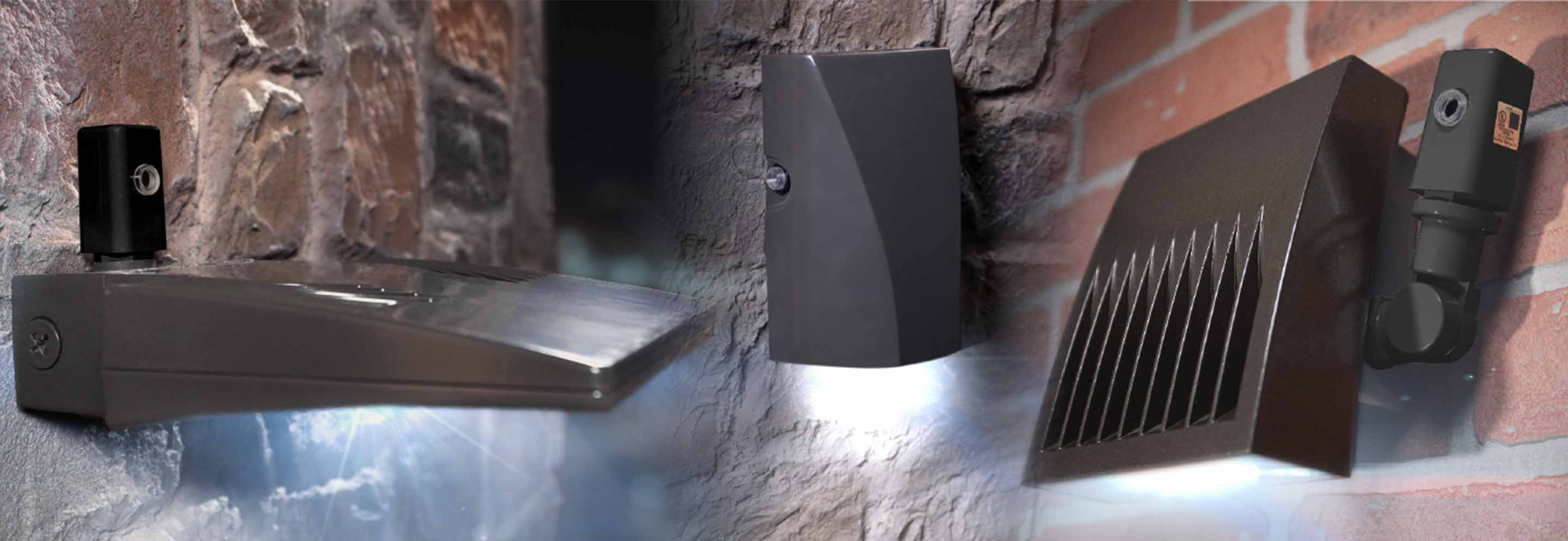
Converting traditional light fixtures to LED provides lasting energy savings and lower operating costs. However, if LED fixtures are paired with thermal photocontrols instead of electronic photocontrols, that cost savings is quickly lost due to premature failures and unplanned maintenance costs.
Be sure you’re planning for long-term success with your next LED conversion project with these tips.
Thermals Don’t Cut It with LED
Although cheap thermal photocontrols look like electronic photocontrols, they perform much differently when paired with LED fixtures.
In a best-case scenario, thermal photocontrols last for just 3-5 years, which means they’ll need to be replaced at least once during the lifespan of a typical LED bulb. In reality, thermal controls fail (and require maintenance) much more often than this due to damage caused by the high inrush currents in LED drivers.
Conversely, NIGHTFOX Electronic Photocontrols are designed, tested, and warrantied to match the 8- to 15-year lifespan of LED fixtures. That’s why it’s essential to pair LED fixtures with electronic photocontrols.
For a small premium, solutions like the new ELC Series Electronic Photocontrols from Intermatic offer long-term value and peace of mind for installers and building occupants alike.
Faster Installation
Beyond their durability and performance, electronic controls offer a secret fringe benefit: faster quality assurance during installation. Unlike thermal photocontrols, which can take several minutes to activate when lighting conditions change, electronic photocontrols turn ON and OFF instantly.
Once installed, professionals can simply cover the sensor on the control with their hand to confirm functionality (simulating low-light conditions). If the fixture illuminates, the installation was a success.
Related: New Options to Support the Transition to LED (PDF)
Ratings and Mounting Styles
Another benefit of choosing electronic photocontrols is that, like thermals, they’re available in a wide range of ratings and mounting styles. For optimal results, be sure to choose electronic photocontrols that match the operating voltage and load ratings of the LED fixtures they’ll be paired with. Overlooking this may lead to premature failures and additional maintenance needs.
Likewise, choosing the appropriate photocontrol mounting style will help ensure the controls perform as intended. For example, button and in-wall styles are ideal for fixed locations with clear sight lines, whereas stem and swivel models are better suited for installations where obstructions are a factor.
Options for Diverse Applications
Lastly, investing in electronic photocontrols provides a greater level of flexibility when working with multiple applications and fixture types. They are backward compatible with all traditional light sources (e.g., HID, Incandescent) and are available in a wide range of service voltage ratings. It’s a win-win pairing that helps streetlights and outdoor fixtures perform as intended over the long haul.
Need help choosing photocontrols for your next project? Contact your local Intermatic representative to get started today!




